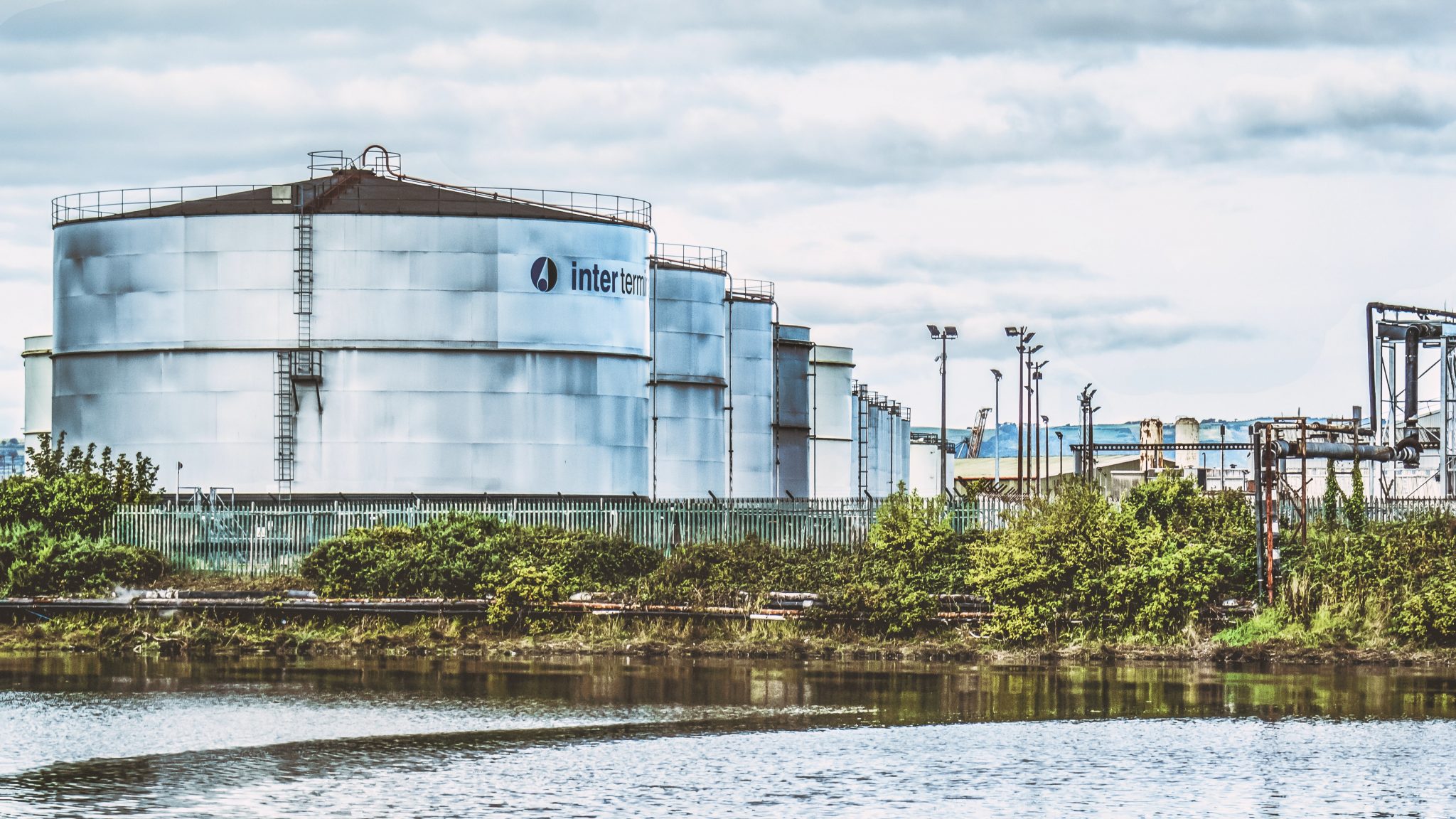How to Prepare Your Industrial Storage Tank for Repairs
Industrial storage tanks are the workhorses that power many crucial industrial processes, but even they are not immune to the occasional issues or damage. Either through regular and prolonged operations or a flaw in initial materials or workflows, the daily strains that these tanks undergo can often necessitate repairs and maintenance. If the damages are suitably minor and caught quickly enough, the tanks can be repaired and returned to full service promptly.
In this article, we will discuss some key steps to repairing these tanks to minimize the operational effect of damages on industrial facilities.
Make Sure Your Tank Is Offline
Early detection of any issue with a storage tank is the most important factor in your ability to respond quickly to any damages. Either through direct observation or remote monitoring, your team must be able to detect any damage to a storage tank. Only once an issue is reported can you deal with it, and it is worth investing in proper monitoring technology to make such swift detection possible.
Once it is clear that some sort of damage or malfunction is affecting a storage tank, it is crucial to shut it down immediately. This precaution will prevent cascading failures or dangerous leaks. Taking this action is important for your operations and adherence to local and federal laws. Both OSHA and the EPA have strong policies on leaks and other pollutants; the failure to respond quickly to known leaks can be seen as a violation of these policies and will lead to hefty fines.
The sooner your team can respond to any malfunction by taking the system offline and shifting any chemicals to another container, the less risk of overburdening already weakened material. Doing so will isolate the damage and allow for more accurate assessments. Moreover, the repair bill will be lower if you can ensure that you only have to repair the broken piece, rather than a massive systemic overhaul.
Speaking of responding to the malfunction, the next stage in your response is to…
Have Your Industrial Storage Tank Cleaned
Proper inspection and maintenance can only happen once a tank has been cleaned sufficiently. Without cleaning, inspection teams may not be able to investigate a damaged tank safely, and a gunked-up tank may be a hazardous environment for any repair job. Small details may also be caught up underneath sludge or residue. The cleaning process in the case of damage is much easier if tanks have been regularly cleaned, so it is crucial to remain on a regularly scheduled cleaning regime.
Traditionally, such cleaning is slow, dangerous, expensive, and operationally wasteful. It generally requires staffed crews performing difficult cleaning tasks under confined space entry conditions. Confined space entry occurs whenever a worker must enter a space which, by various criteria, includes dimensions, possible routes of egress, or component and stored materials, is unfit for human occupancy but is still large enough that human entry is possible. Storage tanks, with their limited, enclosed spaces and dangerous chemicals, are the classic confined spaces, and any employer should try to reduce the time employees spend in such a space. In addition, staffed crews can only empty a filled tank, which requires the complete flushing of a tank whenever cleaning is scheduled, which is operationally burdensome.
Thankfully, modern robotic tank cleaning services offer a superior alternative to staffed cleaning crews. Not only do these robots eliminate the need for human-confined space entry, but they are more efficient in terms of cleaning time and can operate in a filled tank. The advantages of these robots are explored more extensively in this article.
Inspect the Damages
After your detection system has alerted you to potential tank damage and quickly shut down the system, you must thoroughly inspect the tank. While some damage has a clear, singular source, it is more likely that slow systemic weakening accompanies any singular point failure. This possibility is particularly relevant with industrial storage tanks, which are susceptible to corrosion. Superficial repairs on a single part may miss the underlying structural deterioration and lead to further, and likely more expensive, repairs.
A failure to perform these inspections and subsequent repairs could lead to more leaks, a result which, under workplace and environmental safety laws, can and will be held against plant managers if the company did not take proper steps. A careful inspection in these cases and more proactive repairs – the full resurfacing or replacement of a tank wall where patches might be easier – can extend the lifetime of a tank and reduce the burden of intermediary inspections and repairs.
Schedule Your Industrial Tank Repair
With a proper regime of tank cleaning and accurate damage detection, your industrial storage tanks can significantly improve their reliability. Because of the rigors of the industrial environment, however, damage is inevitable, but it need not be debilitating. Quick motion to take the system offline enables thorough inspection of well-cleaned tanks. This response chain means that the plant manager has all the necessary information to schedule the proper repairs and preventative maintenance.
A proper monitoring, maintenance, and response pipeline will enable the quickest and most efficient response to any damage situation. Understanding this response pipeline may seem more onerous in the short term, but it will significantly increase the lifetime of industrial storage tanks while reducing the overall costs associated with frequent repairs.





